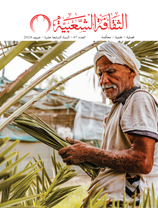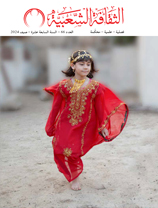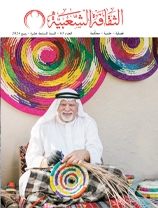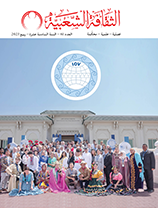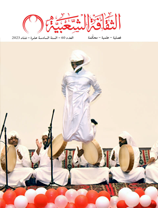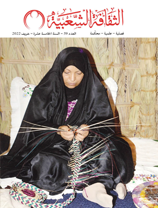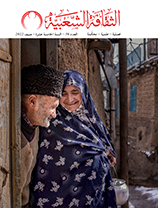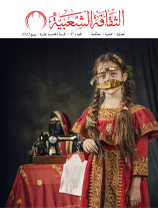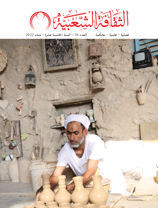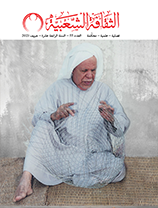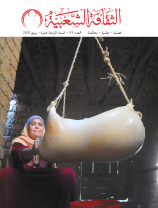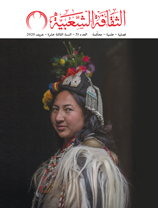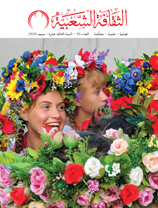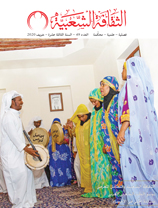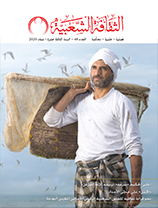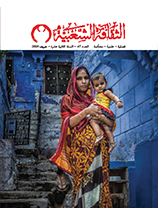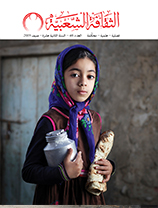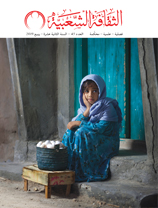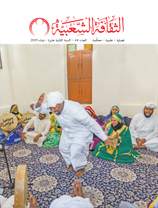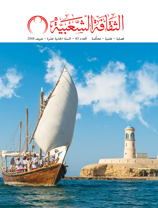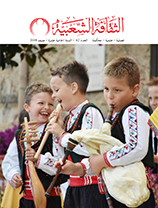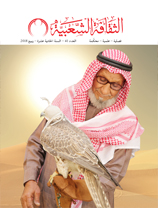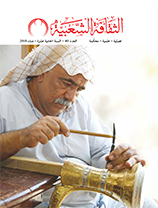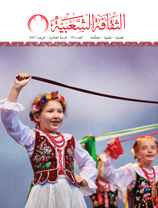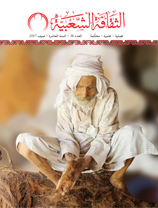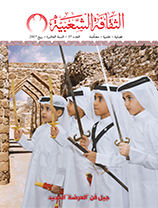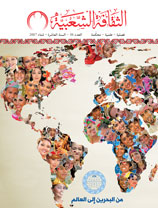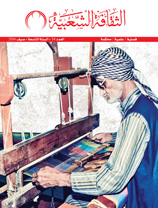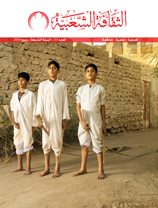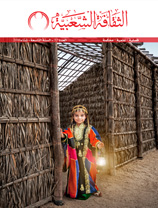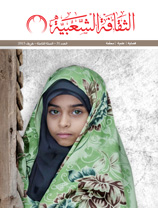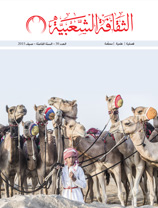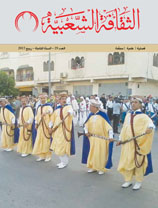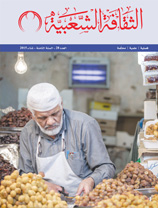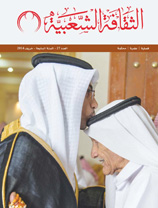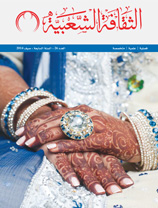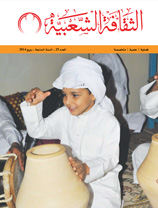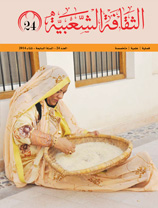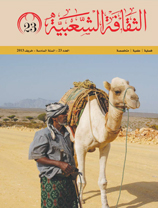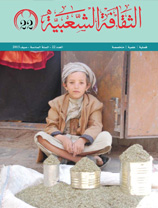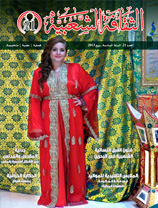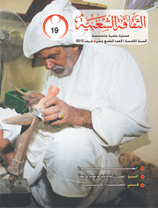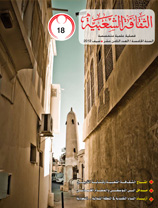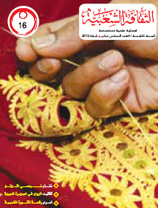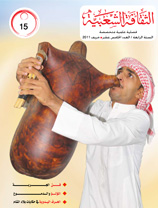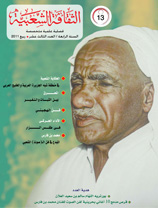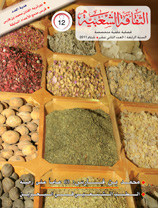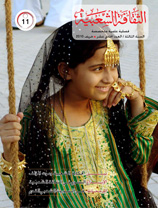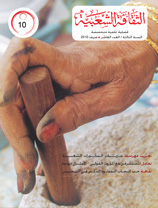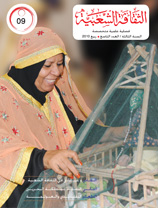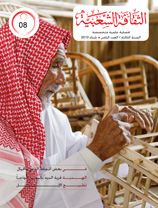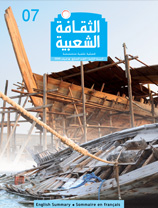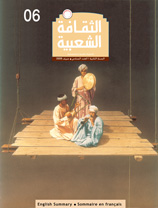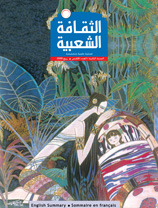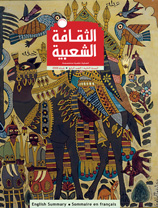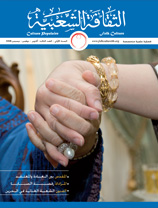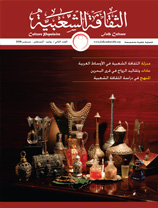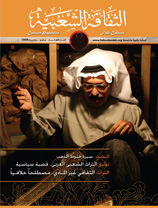Modernising the methodology used to document non-material heritage
Issue 32
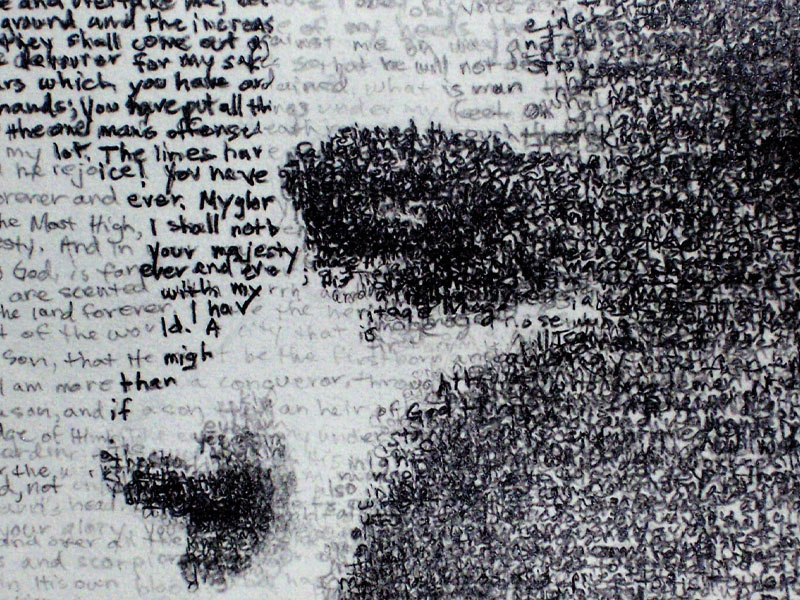
Tariq Al Maliki
Morocco
In the last decade, a growing awareness of the need to preserve non-material cultural heritage has led to an interest in documenting and protecting heritage.
• The Arab states showed their support by endorsing the Convention for the Safeguarding of Non-Material Cultural Heritage in 2003, and by passing related national legislation.
• Governmental and non-governmental institutions - including institutions that focus on architecture and buildings - were established and entrusted with the documentation and protection of folk heritage.
We also need a theoretical basis to protect the documentation process, and the aim of this paper is to introduce a documentation methodology based on the following:
• Folk heritage, (beliefs, customs, oral narratives, etc.), is a set of cultural practices. The concept of heritage has been distorted by the mistaken belief that heritage is a collection of objects in a museum rather than a collection of cultural achievements.
• Institutions and individuals who work to document heritage use methodology that ignores the contextual dimension and defines heritage as a collection of lifeless, material things. The Intangible Cultural Heritage Convention was introduced to establish a new practice based on activities that help to restore the importance of heritage.
• Traditional authentification and documentation processes have been limited to the establishment of museums. Several international organisations have established systems of what UNESCO describes as Living Human Treasures, based on the idea that we should protect those who create or represent a heritage rather than just preserving the artefacts they produce or use.
• Based on a contextual understanding of heritage as a multidimensional cultural phenomenon impacted by time, geography and ethnicity, I propose the use of ‘live documentation’ as opposed to ‘dead documentation’.
The methodology we propose in this paper is based on early US and Canadian studies, particularly the contextual school. Scholars created a network of cultural practices that drew heavily on linguistics and ethnological studies, and introduced a new understanding of heritage as a set of cultural practices, rather than as objects frozen in a museum.





